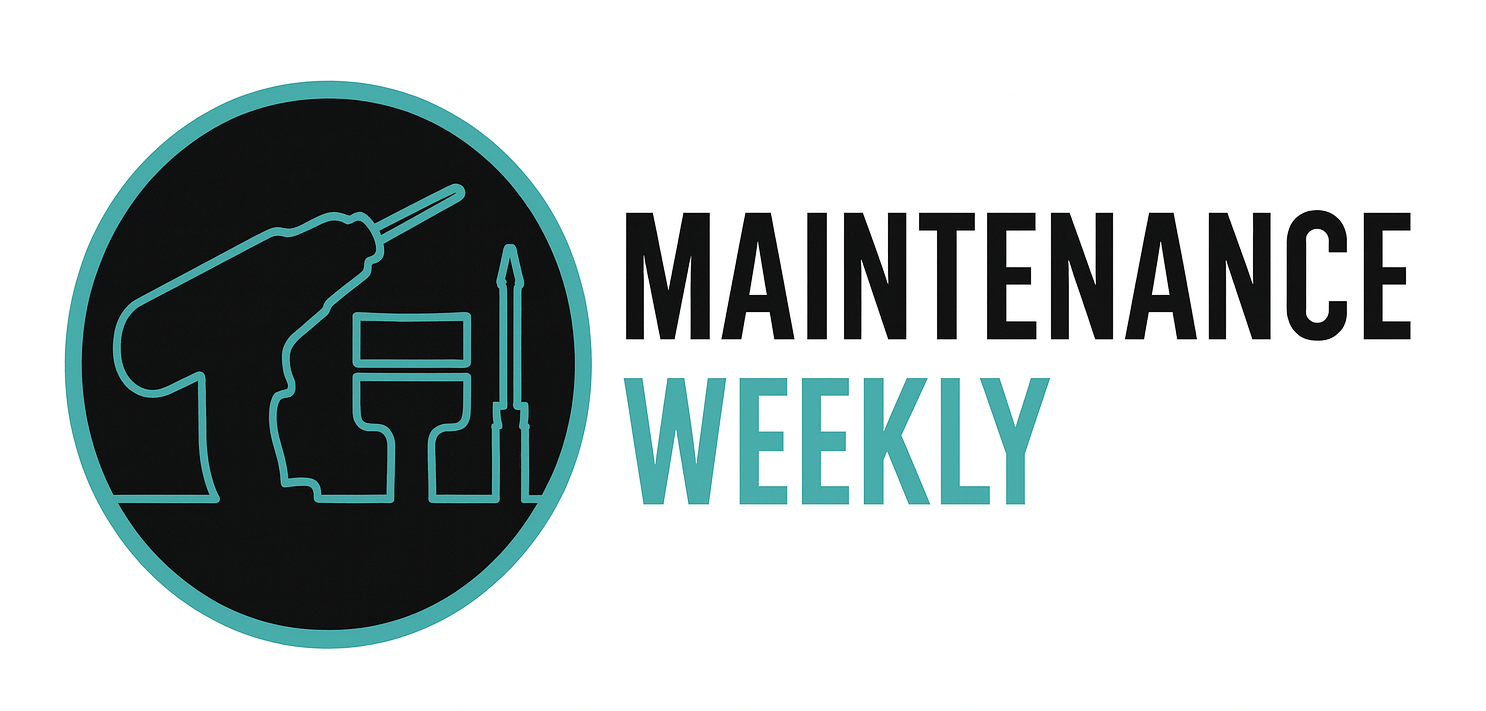Aircraft Maintenance Engineer Career Overview
An Aircraft Maintenance Engineer (AME) is responsible for ensuring the airworthiness and safe operation of aircraft by performing inspections, maintenance, and repairs on all mechanical, electrical, and structural systems. They work with a variety of aviation systems, such as engines, avionics, hydraulics, and airframes, and must follow strict regulatory standards set by the Federal Aviation Administration (FAA) or other international aviation authorities. Aircraft Maintenance Engineers are essential to keeping aircraft in optimal condition, preventing mechanical failures, and ensuring passenger safety.
Key Responsibilities:
- Conduct regular inspections, diagnostics, and maintenance on various aircraft components, including engines, airframes, avionics, and hydraulic systems.
- Troubleshoot and repair issues with engines, electrical systems, fuel systems, and avionics.
- Perform scheduled and unscheduled maintenance, including engine overhauls, system calibrations, and component replacements.
- Utilize specialized tools, diagnostic equipment, and manuals to conduct repairs and maintenance.
- Ensure all maintenance tasks are performed in compliance with aviation safety standards, regulations, and manufacturer specifications.
- Document all maintenance work in detailed service records, ensuring full compliance with aviation authorities.
- Collaborate with other aviation professionals, such as pilots, engineers, and other maintenance teams, to ensure the aircraft is in optimal condition.
- Supervise or provide guidance to other maintenance personnel when necessary, ensuring adherence to safety protocols and best practices.
Required Skills & Qualifications:
- Extensive knowledge of aircraft systems, including engine mechanics, avionics, hydraulics, and airframes.
- Strong troubleshooting and problem-solving skills to diagnose and resolve issues with aircraft systems.
- Ability to read and interpret technical manuals, schematics, and blueprints.
- FAA Airframe and Powerplant (A&P) certification or equivalent international certification, such as EASA or CASA.
- Experience with engine overhauls, airframe repairs, and avionics maintenance.
- Ability to work under pressure, often handling multiple tasks in high-stress environments.
- Attention to detail and adherence to safety and regulatory standards.
Work Environment:
Aircraft Maintenance Engineers typically work in aircraft hangars, repair stations, and airfields, where they perform hands-on work with aircraft components and systems. The role may require working in confined spaces, at heights, or in harsh weather conditions. The job often includes shifts during nights, weekends, or on-call hours, depending on operational needs, especially in commercial aviation, military aviation, or private aircraft sectors.
Source: ChatGPT
